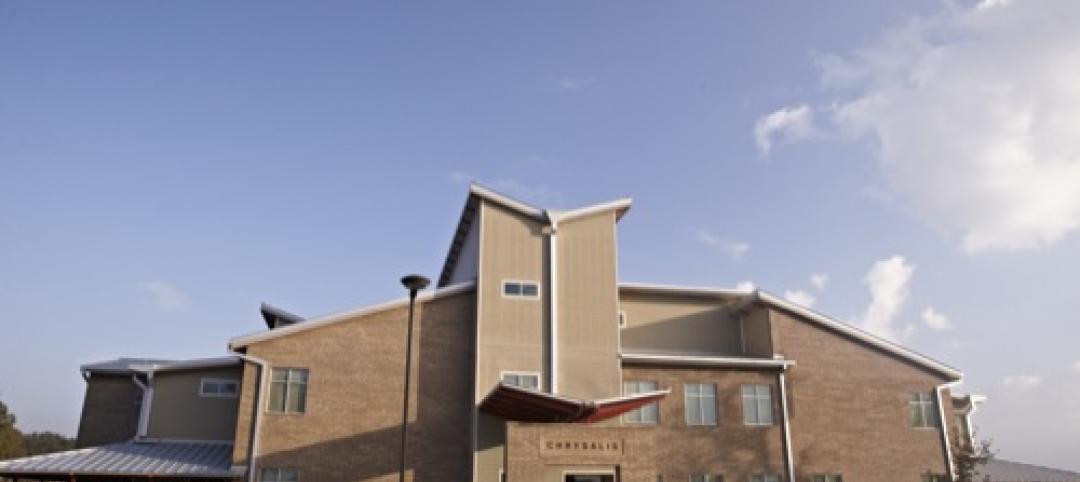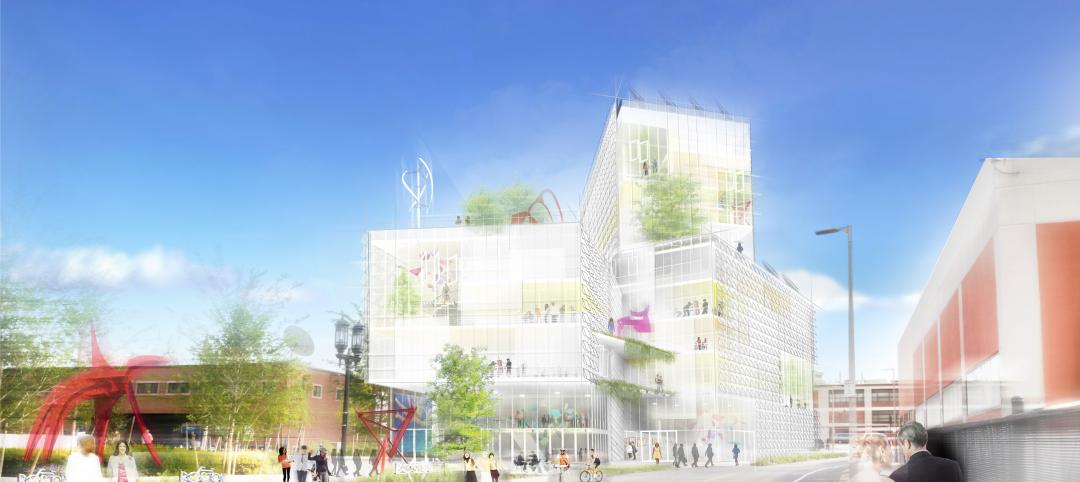During a recent investor and analyst conference call, George Oliver, chairman and CEO of Johnson Controls, revealed that his company is looking at potential building air-system upgrade projects valued at “a couple of hundred million” dollars in just the next year. Bloomberg reported that Honeywell International has more than $600 million worth of projects in its pipelines. Carrier Global Corp. estimates that the market for indoor-air quality improvements in buildings could eventually reach $10 billion.
However, these improvements won’t necessarily make buildings more energy efficient. Carbon Lighthouse, the energy savings as a service provider, recently surveyed its clients about how they were managing their buildings’ energy use during a pandemic that forced many employees to work remotely from home, leaving many buildings largely empty.
That poll found three-fifths of the clients’ building portfolios had lowered their energy consumptions by an average of only 23% (compared to an 80% average decline in occupancy most buildings experienced). In one-quarter of the clients’ buildings, there was no change in energy use during shelter-in-place.
These findings bring into sharp relief how COVID-19 has created a massive headwind against energy conservation and continues to pose a significant environmental challenge as building operators focus on HVAC upgrades and air-quality solutions. What’s more, some operators may be under the misconception that if buildings are empty, energy efficiency no longer needs to be a priority.
OCCUPANCY AND ENERGY USE DISCONNECT
Corroborating that assessment is Johnson Controls’ latest Energy Efficiency Indicator COVID-19 Pulse study, based on its survey last September of 150 commercial, institutional, and industrial facilities executives in the U.S. This survey included questions on coronavirus-related improvements, investments, and impacts.

Few buildings altered their energy usage commensurate with reductions in their occupants. Image: Johnson Controls
Perhaps the most sobering finding in Johnson Controls’ study is that the virus had not substantively reduced building energy consumption, regardless of reduced occupancy rates. During the pandemic, less than 10% of the organizations surveyed reduced their energy use by more than 20%. More typical were buildings that decreased their energy consumption by between 0-20%. More than 7% of the surveyed companies increased their energy use.
There could be several reasons for this, explains Clay Nesler, Johnson Controls' Vice President of Global Sustainability. “Even buildings in New York City, where occupancy can be at around 10%, space is still being leased with service agreements that require buildings to maintain temperatures.” Nesler also points out that, typically, more than 50% of a building's energy load is under its tenants' control. “How many refrigerators, computers, and monitors are still plugged in? What's going on with the lights?” He adds that many tenants have big data closets, “and those IT loads aren't going down.”
e
Making environments safer quickly during a health event is where facilities managers say investment dollars are flowing. Image: Johnson Controls.
Most facilities managers saw a more pressing need for flexibility that can quickly respond to emergency conditions. There was a significant increase, compared to last year, of facilities managers who view occupant safety as a critical driver of investment. Another important driver, said 85% of those polled, was energy cost savings.
DID SOMEONE SAY ‘TOUCHLESS’?

Improving indoor air quality is one of facilities managers' investment priorities. Image: Johnson Controls
When it came to actions in response to the virus’ spread, 60% of the survey’s participants said that plan to upgrade their HVAC and air filtration systems More than half had already conducted air-quality assessments, introduced elevated temperature scanning systems, and increased air filtration.
Nearly 90% of those polled by Johnson Controls said they had already implemented or planned to expand their employees’ work schedule flexibility. But there was less interest in such infection-control measures as introducing touchless entry and access, adding pre-scheduled occupant isolation rooms, or installed systems that track and trace social distancing.
Johnson Controls' Nesler acknowledges that energy efficiency can sometimes confliect with health and safe measures. But it doesn't have to be that way. He points specifically to Environmental, Social, and Governance assessments of sustainable buildings, conducted by the benchmarking firm GRESB, that found these buildings better able to regulate their energy uses, partly by giving tenants solutions to do so before an event hits.
“We believe the future is in control systems that go beyond “on” and “off” to include a pandemic mode” that would align with CDC and ASHRAE safety regulations, says Nesler. He adds that there might also be anther control for facilities managers that allow them to shut down a building's non-critical loads. “We think resilience will be a big thing going forward.”
Editor's note: Information from Clay Nesler of Johnson Controls was added to this story after its initial posting.
Related Stories
| Jan 14, 2015
Winners of the 2014 Architecture at Zero competition announced
The competition challenged design teams to create zero-net-energy buildings for the Jack London Gateway project site in Oakland, Calif.
| Jan 7, 2015
Department of Energy seeks public input on definition for zero-energy buildings
A broadly accepted market definition of zero-energy buildings is foundational to efforts by governments, utilities, or private entities to recognize or incentivize zero energy buildings.
Smart Buildings | Jan 7, 2015
NIBS report: Small commercial buildings offer huge energy efficiency retrofit opportunities
The report identifies several barriers to investment in such retrofits, such as the costs and complexity associated with relatively small loan sizes, and issues many small-building owners have in understanding and trusting predicted retrofit outcomes.
| Dec 28, 2014
Using energy modeling to increase project value [AIA course]
This course, worth 1.0 AIA LU/HSW, explores how to increase project value through energy modeling, as well as how to conduct quick payback and net present value studies to identify which energy strategies are most viable for the project.
| Dec 19, 2014
Zaha Hadid unveils dune-shaped HQ for Emirati environmental management company
Zaha Hadid Architects released designs for the new headquarters of Emirati environmental management company Bee’ah, revealing a structure that references the shape and motion of a sand dune.
| Dec 17, 2014
USGBC announces 2014 Best of Green Schools honorees
Houston's Monarch School was named the K-12 school of the year, and Western Michigan University was honored as the top higher-ed institution, based on environmental programs and education efforts.
| Nov 25, 2014
Behnisch Architekten unveils design for energy-positive building in Boston
The multi-use building for Artists For Humanity that is slated to be the largest energy positive commercial building in New England.
| Nov 20, 2014
Survey: 84% of data center owners want more renewable energy options
The cost of producing wind and solar power has decreased 58% and 40%, respectively, during the past five years, making renewables more cost-competitive with traditional fuel sources in many markets.
| Nov 12, 2014
Chesapeake Bay Foundation completes uber-green Brock Environmental Center, targets Living Building certification
More than a decade after opening its groundbreaking Philip Merrill Environmental Center, the group is back at it with a structure designed to be net-zero water, net-zero energy, and net-zero waste.
| Oct 27, 2014
Report estimates 1.2 million people experience LEED-certified retail centers daily
The "LEED In Motion: Retail" report includes USGBC’s conceptualization of the future of retail, emphasizing the economic and social benefit of green building for retailers of all sizes and types.
















